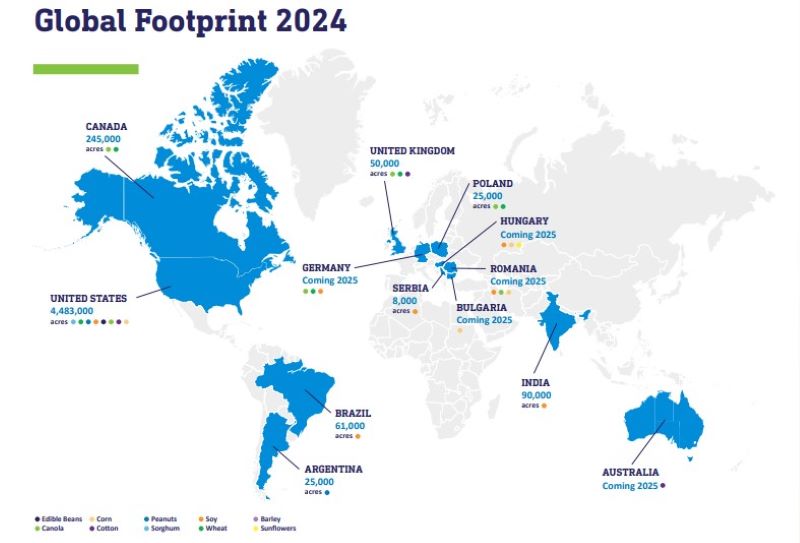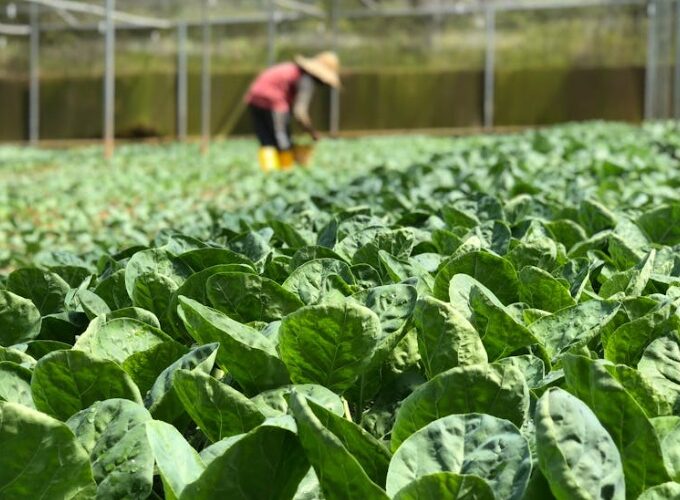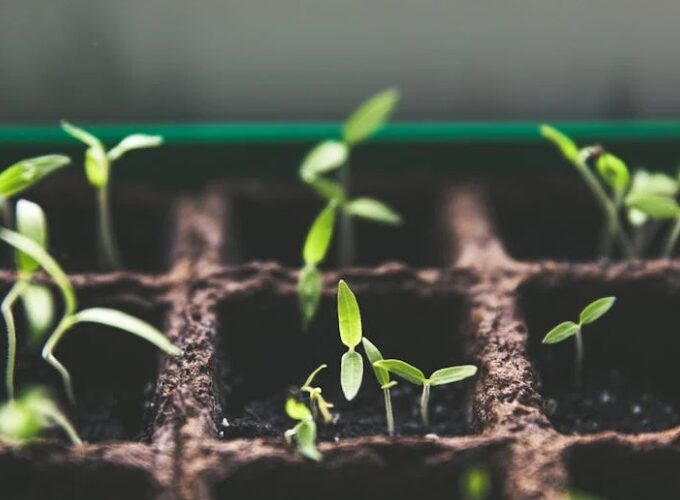Against the backdrop of global agriculture facing climate challenges and supply chain reshaping, regenerative agriculture has evolved from a cutting-edge concept to a tangible business and ecological strategy. On September 4, 2025, ADM, a global agricultural giant, released its third annual regenerative agriculture report, detailing how it systematically builds, implements and expands its regenerative agriculture blueprint. The report outlines a complete strategic framework: guided by unified principles, supported by regional customization for implementation, validated by quantitative results for value demonstration, and closed by value chain collaboration for business operations.
ADM’s Global Implementation Approach to Regenerative Agriculture
The core of ADM’s global approach to regenerative agriculture lies in “unified framework, localized execution”. This model is not a rigid process applicable to all regions, but an ecosystem that combines principle and flexibility. It not only ensures consistent direction for global projects, but also adapts to the agricultural characteristics of different regions.
At the level of the unified strategic framework, ADM clearly defines regenerative agriculture as a “results-based farming method” and builds its system around five core principles: maintaining living roots in the soil, maximizing biodiversity, minimizing soil disturbance, continuously covering the soil, and responsibly managing inputs. These five principles set unified goals and concepts for regenerative agriculture projects worldwide, while providing a common standard for subsequent impact measurement and result reporting.
At the level of regional customized execution, ADM fully takes into account the highly regional nature of agriculture and sets differentiated implementation priorities for its “Regen Generation” projects across different continents:
- In North America, supported by robust technology platforms such as Gradable, it focuses on promoting practices including cover crop planting, no-till and strip-till farming. At the same time, it provides participating farmers with highly transparent data feedback and offers financial incentives of up to $40 per acre.
- In South America, in line with the characteristics of tropical agriculture, ADM has collaborated with institutions such as Embrapa and Bayer to develop a localized carbon emission calculator. This has successfully reduced the carbon emissions of Brazilian soybeans to half of the national benchmark, achieving accurate quantification of carbon footprints.
- In Europe, due to the scattered distribution of agricultural projects, ADM has partnered with local experts from various countries, such as Map of Agriculture in the UK and Klim in Germany. It customizes practical plans that comply with local regulatory requirements and agricultural conditions for major crops like wheat and rapeseed.
- In the Asia-Pacific region, ADM adopts a country-specific promotion strategy. In Australia, it obtains international certification from Regenagri to provide a trust certificate for the market; in India, it focuses on empowering smallholder farmers and community development, with particular emphasis on skill training for women farmers.
Achievements of ADM’s Regenerative Agriculture Projects in 2024
ADM’s achievements in regenerative agriculture in 2024 went beyond simple acreage expansion, entering a new phase of measurable and verifiable environmental impact—this is highly attractive to its downstream clients.
A significant milestone was achieved in reducing Scope 3 emissions: cutting more than 1 million tons of greenhouse gas emissions. This result was mainly driven by the optimized management of agricultural inputs. For instance, through the application of “4R nutrient management” (right source, right rate, right time, right place) and the use of biological agents, the efficiency of nitrogen fertilizer use was significantly improved, thereby reducing carbon emissions at the source. This figure is more than three times the emission reduction volume in 2023, indicating that the scale effect and cumulative effect of practice in the project have begun to emerge.

Carbon sequestration has realized ecological value: the sequestration of over 363,000 tons of carbon dioxide equivalent has elevated the role of regenerative agriculture from “emission reduction” to “negative emission”. This is mainly achieved by increasing soil organic matter through practices such as cover cropping and no-till farming. The report specifically mentions that on-site soil sampling has been launched in project areas such as Brazil, aiming to more accurately measure and verify soil carbon sinks in the future. This paves the way for the development of new farmer income models such as carbon credits.
ADM has achieved its core goal ahead of schedule: its regenerative agriculture projects cover more than 5 million acres globally, meeting the 2025 target one year in advance. This proves the attractiveness of its business model to farmers. Additionally, 98% of farmers in North America are willing to participate in the project again, which strongly demonstrates that the project creates real value for farmers in terms of economic benefits and agronomic support.












